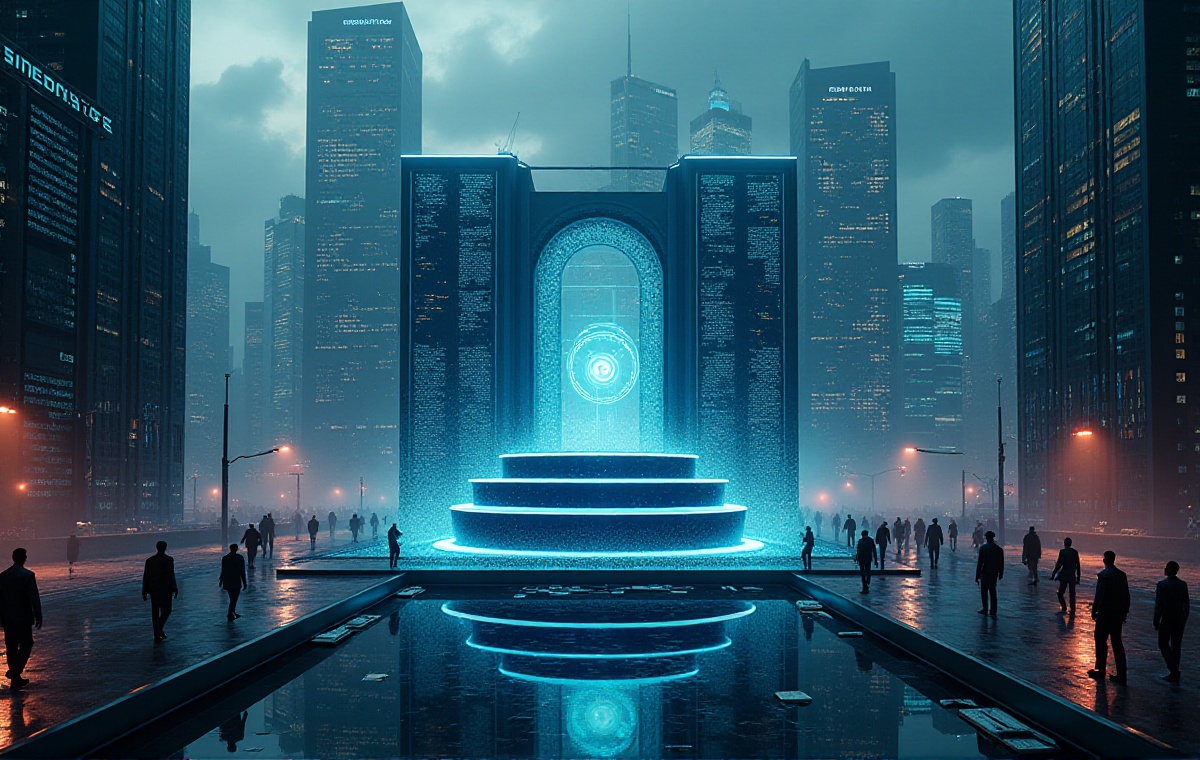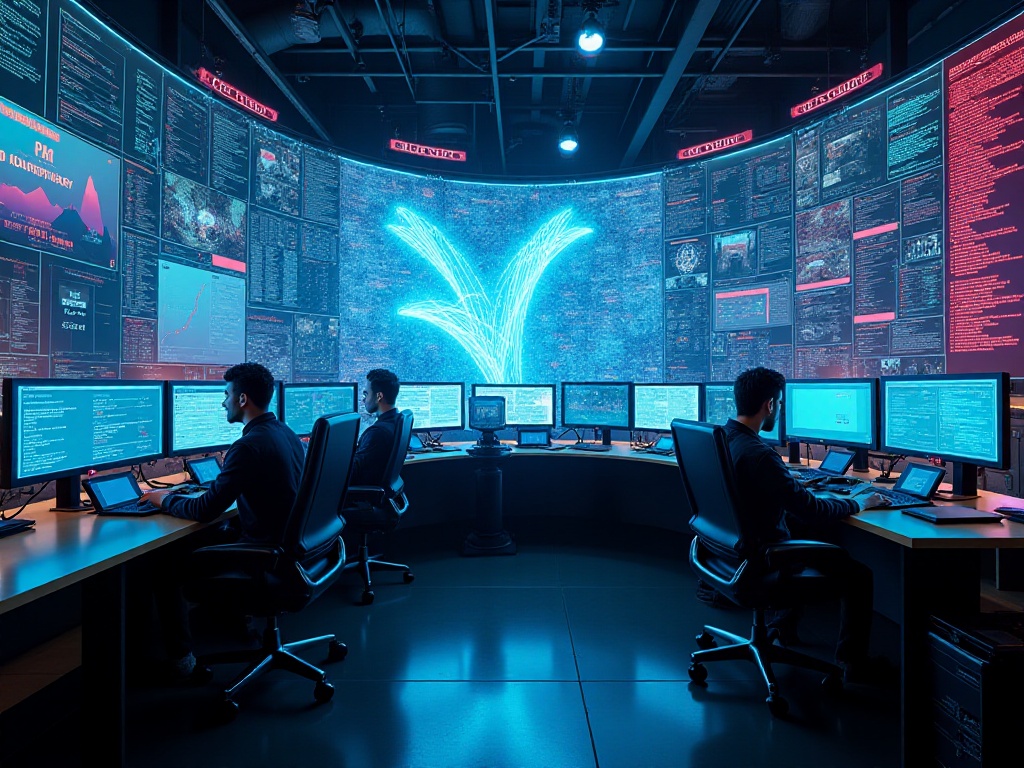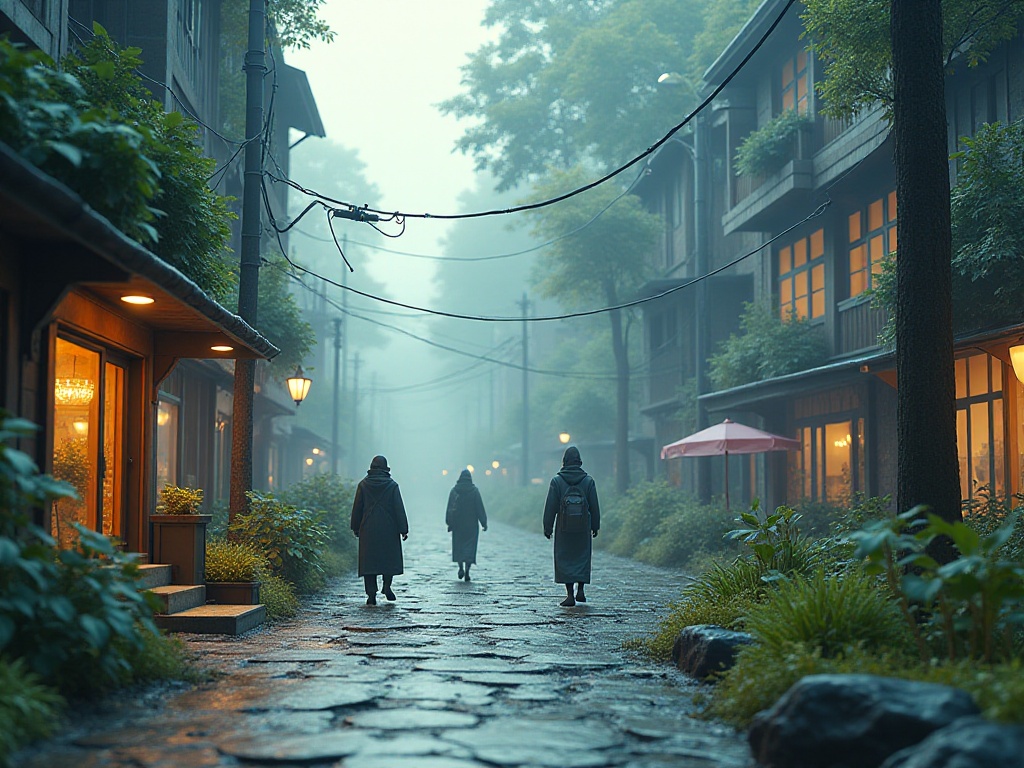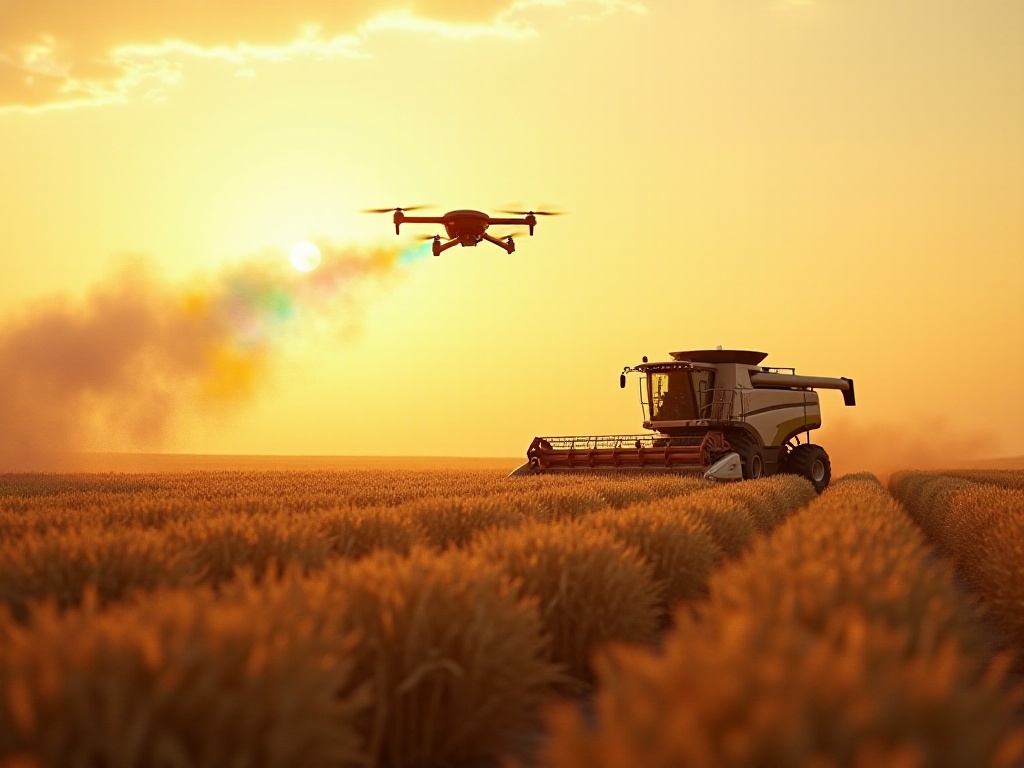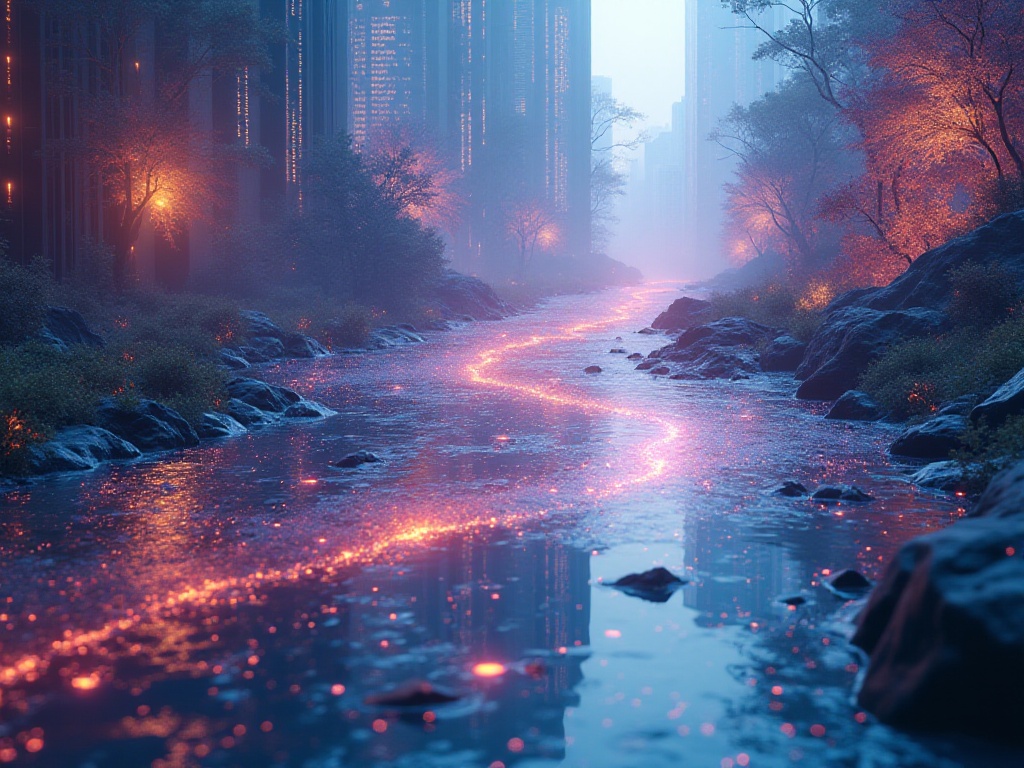Opening Thoughts
A year ago, I was a video novice, struggling daily with Premiere and After Effects. Making a simple product introduction video would drive me crazy. Finding assets, adjusting transitions, adding music - every step felt like climbing Mount Everest, exhausting with no guarantee of good results.
I remember once pulling three all-nighters in the studio to meet a deadline. The result was still underwhelming, requiring multiple revisions, and I almost missed the submission deadline. I was both exhausted and anxious, feeling like a complete rookie in video production.
Looking back, though those times were tough, they helped me truly understand the complexity of traditional video production. Having experienced those struggles makes me appreciate AI video tools even more now. Over the past year, I've tried various AI video tools, which felt like discovering a new world and completely revolutionized my understanding of video creation.
Pleasant Discoveries
The simplicity of AI video tools is incredible. Last week, I got an urgent task to create a product introduction video for a client. Previously, just thinking about making a video would give me a headache. Writing the script would take a day, finding assets and adding voiceover another day, and editing, color grading, and adding effects at least one more day - and that's if everything went smoothly.
Guess what? Using Pictory, I completed everything in less than two hours. Yes, you heard right - just two hours! The best part? The results were fantastic. I pasted in the copy, and the tool immediately found high-quality assets and automatically handled scene transitions. The transitions and dynamic elements looked even more natural than my manual editing.
I was stunned when I saw the final product. The image quality, transitions, music selection - everything was perfect. Most amazingly, it could automatically match the most suitable visuals to the content. For instance, when the copy mentioned "data analysis," it would automatically insert relevant chart animations; for "team collaboration," it would show office scenes. The accuracy of this intelligent matching was honestly better than my manual asset selection.

In-Depth Experience
The most impressive AI video tool I've encountered this year has to be Pika. It's like the Swiss Army knife of video creation, a true shape-shifter. Not only can it convert text to video, but more impressively, it can transform existing videos in various ways. Now whenever I see any video effect, my first thought is: "Can Pika do this?" Usually, the answer is: "Yes!"
For example, I recently did an interesting experiment with Pika. I had a regular talking-head video and wanted to make the person's expressions more animated. Previously, this would require either reshooting with professional actors or hiring animators for post-production - both time-consuming and expensive. But with Pika? I just selected the desired expressions, clicked a few times, and instantly made the person in the video express exaggerated emotions while maintaining natural facial details.
The funniest part was when I used it to parody our company's annual meeting video. I replaced the leader's speech with funny lines, and amazingly, the lip movements perfectly synced with the new dialogue, looking completely authentic. This video caused quite a stir in our department group chat - colleagues said they couldn't tell it was edited.
However, such parody videos should only be for private fun, not for serious purposes. After all, the ethics of deepfake technology are still quite sensitive. But undeniably, this technology has brought unlimited possibilities to video creation.

Business Applications
For business applications, Synthesys and Lumen5 have become my right-hand tools. I remember once when a major client requested a product training video with just one day's notice. Previously, I would have immediately declined such a request as it would have been impossible. But with Synthesys, this "impossible" task was completed in just one afternoon.
The most impressive part was the video's professional quality. Synthesys's virtual presenters have natural voices and synchronized lip movements that don't look AI-generated at all. It not only automatically converts text to speech but also generates corresponding lip movements. This level of quality previously required professional voice actors and animators working together through multiple iterations.
Speaking of performance metrics, I did a small analysis last year. Marketing videos made with AI tools averaged 35% higher engagement rates on social media compared to traditionally produced videos. This data was truly surprising. Analyzing the reasons, I believe it's mainly because AI tools allow quick iteration and content optimization. For example, we can easily test different visual styles, music, and editing rhythms to find the most popular combinations.
Many brands are now realizing the power of AI video tools. I've noticed an interesting trend where more and more small and medium-sized businesses are using these tools for content marketing. They're perfect for teams with limited budgets who still want to create professional-quality content, thanks to their low cost, high efficiency, and good results.

Usage Tips
After a year of hands-on experience, I've gathered quite a few practical insights. First, you need to have the right mindset - don't expect AI to completely replace human creativity. It's more like a super assistant that helps turn your ideas into reality quickly. My current workflow is this: first spend time planning the content framework, clarify what message to convey and what style to use, then use AI tools to execute the specific production steps.
It's like directing a very capable assistant. You need to give it clear direction and instructions for it to deliver maximum value. I've found that many people fail with AI tools because they expect AI to figure everything out on its own. The result is often a mishmash of content without focus, producing mediocre results.
Second, learn to choose the right tools for different needs. I've basically developed a fixed tool combination: for social media short videos, I use Lumen5 because it excels at the rhythm and style of such content; for product demonstrations or training videos, I choose Synthesys as its virtual presenter feature is perfect for this type of content; for creative special effects or modifying existing videos, Pika is my go-to tool.
I've also discovered a useful trick: learning to combine different tools. Sometimes I'll use one tool to generate the basic video, then use another for special effects processing. This allows me to leverage the advantages of each tool, often producing results that exceed expectations.

Future Outlook
Honestly, watching the development speed of these AI video tools leaves me feeling overwhelmed. At the beginning of last year, these tools could only do simple text-to-video conversion with rather rigid visuals. But now? They can achieve complex visual effects and precisely control character expressions and movements - the development speed is like a rocket.
I often wonder what it will be like in a year or two at this rate of development. Maybe by then we'll just need to say a few words and AI will instantly create a complete movie for us. This might sound exaggerated, but looking at current development trends, I feel this day might not be too far away.
However, thinking about it differently, this technological progress is actually good news for us regular creators. It makes high-quality video creation no longer the privilege of a few but a skill that everyone can master. Like smartphones years ago, it's not about replacing professional photographers but making it easier for everyone to record life.
I think the key is how we embrace this change. Rather than worrying about technology replacing human jobs, we should think about how to use these tools to improve our creative efficiency and work quality. After all, tools are just tools - what determines the quality of work is still the creator's ideas and creativity.
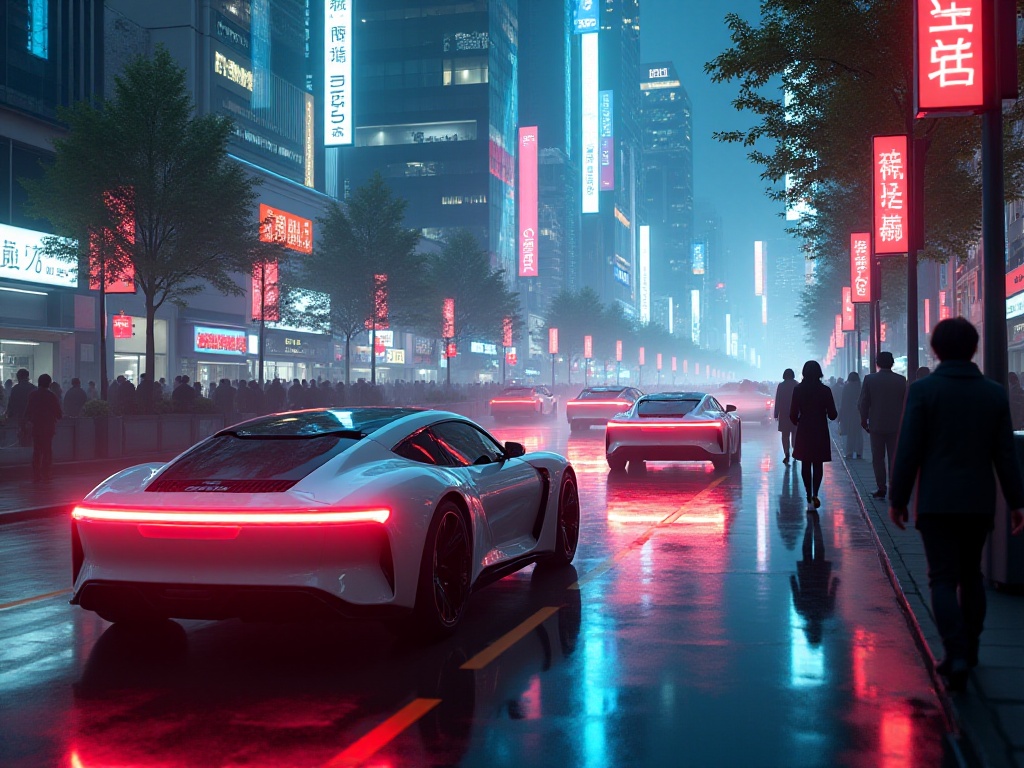
Concluding Thoughts
Looking back on this year of experience, I increasingly feel that AI video tools have opened a new door. They've made video creation unprecedentedly simple and fun, allowing more people to freely express their ideas. This change isn't just technological but a revolution in creative concepts.
I used to think making videos was a highly professional task requiring lots of specialized knowledge and skills. But now I understand that what's most important is what you want to express and what message you want to convey. With these AI tools' help, technical barriers are no longer an issue, and we can focus more energy on content creativity.
This reminds me of a saying: "The advancement of tools is not to replace human creativity, but to release it." Indeed, when we're no longer troubled by tedious technical details, those previously constrained creative ideas can truly be released.
After sharing all this, I'm particularly curious about your thoughts on AI video tools. Have you used them? Do you have any unique experiences? Or what do you think about the future development of these tools? Welcome to share in the comments section, let's discuss and learn from each other.

